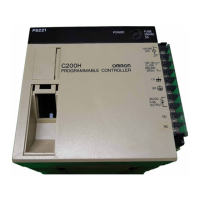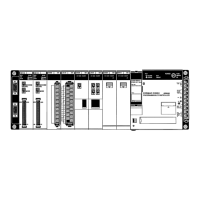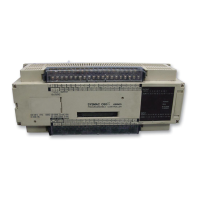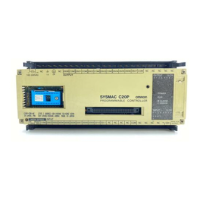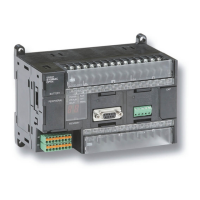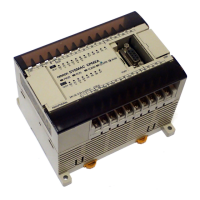6
1-3 How Does a PC Work?
PCs operate by monitoring input signals and providing output signals. When
changes are detected in the signals, the PC reacts, through the user-pro-
grammed internal logic, to produce output signals. The PC continually cycles the
program in its memory to achieve this control.
Block Diagram of PC
Power Supply
Input Output
CPU
Memory
Programming
Device
Signals
from
switches,
sensors,
etc.
Signals to
Solenoids,
motors,
etc.
A program for your applications must be designed, and stored in the PC. This
program is then executed as part of the cycle of internal operations of the PC.
Cycle When a PC operates, that is, when it executes its program to control an external
system, a series of operations are performed inside the PC. These internal op-
erations can be broadly classified into the following four categories:
1, 2, 3... 1. Common (or overseeing) processes, such as watchdog timer operation and
testing the program memory.
2. Data input and output.
3. Instruction execution.
4. Peripheral device servicing.
Cycle Time The total time required for a PC to perform all these internal operations is called
the cycle time. The flowchart and diagram on page 7 illustrate these internal
operations for a typical PC.
Timing is one of the most important factors in designing a Control System. For
accurate operations, it is necessary to have answers to such questions as these:
• How long does it take for the PC to execute all the instructions in its memory?
• How long does it take for the PC to produce a control output in response to a
given input signal?
The cycle time of the PC can be automatically calculated and monitored, but it is
necessary to have an understanding of the timing relationships within the PC for
effective System design and programming.
How Does a PC Work? Section 1-3
Artisan Technology Group - Quality Instrumentation ... Guaranteed | (888) 88-SOURCE | www.artisantg.com
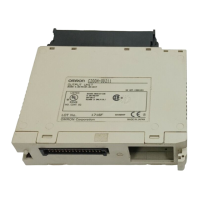
